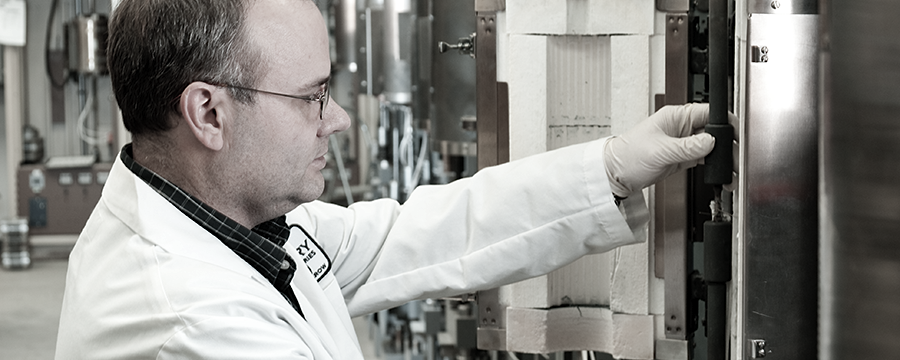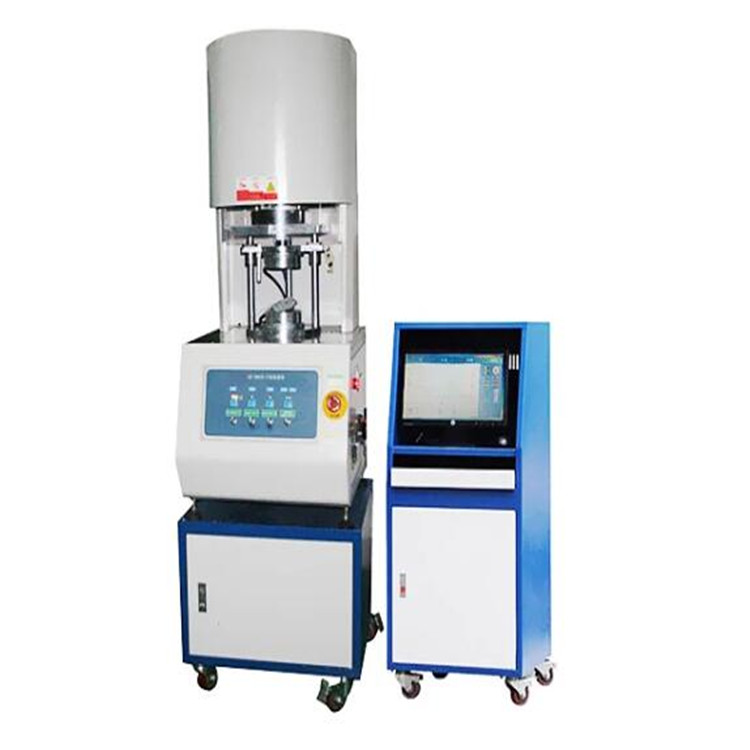Tel:+86-21-6780 0179
Fax:+44(0) 207 398 0999
Email:market@qinsun-lab.com

Rubber Mooney viscometer

Test principle:
The Mooney viscometer is used to measure the viscosity of rubber under specific conditions. In the test, the rubber sample was loaded into the mold cavity of the Mooney viscometer and the motor was started after preheating, and the rotor began to rotate and a certain shear torque was applied. At the same time, the rubber sample produces an equal and opposite resistance moment, which is displayed by the dial indicator installed at one end of the worm or directly through the computer, that is, the Mooney viscosity value.
Reference standard:
GB/T 1232 unvulcanized rubber - Determination of Mooney viscosity
GB/T 1233 rubber compound -- Determination of initial vulcanization characteristics -- Mooney viscometer method
HG-T 3242-2017 Rubber Mooney viscometer
ISO289 unvulcanized rubber -- determination by shear disc viscometer
ISO667 rubber compound - Determination of initial vulcanization characteristics - Mooney viscometer method
Technical parameters:
Measurement and control temperature range: normal temperature ——200℃
Torque measuring range: 0-100 Mooney value
Calibration accuracy: 100±0.5 Mooney value
Rotor speed: 2±0.02 RPM
Measurement time: 0-200 points
Ambient temperature: 0-35℃
Relative humidity: <80%
Test pressure: 11.5KN±0.5KN
Air pressure: 0.45-0.6MPa
Test requirements:
1) Scope: This specification specifies the test method of Mooney viscosity of rubber compound.
Note: Measuring range includes: Mooney viscosity.
2) Test tools: Mooney viscometer, electronic scale, scissors, heat insulation gloves
3) Sample requirements: Cut two rubber samples with a diameter of about 45mm and a thickness of about 3mm from the bubble-free rubber material, one of which has a circular hole with a diameter of about 8mm in the center of the sample (two pieces of rubber material weigh about 16g)。
4) Test conditions: the rubber material can be tested for more than 2 hours under laboratory conditions after processing, but not more than 10 days.
